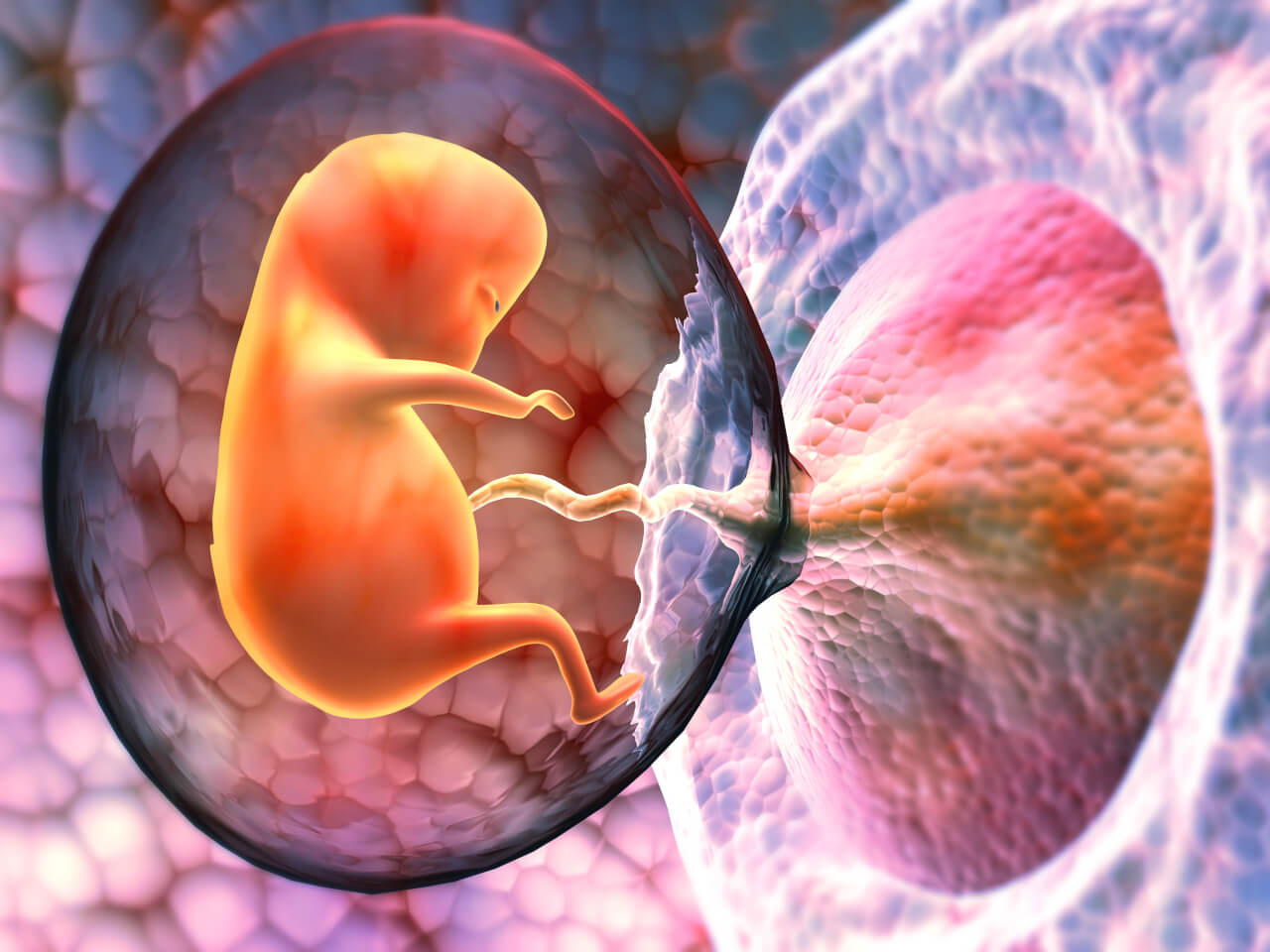Humans
Plastics affect all living creatures including people who produce and promote the use of plastics. It is known that plastics reach humans through air, drinks and, food, but how they affect the human body is largely unknown (Oliveira, Almeida & Miguel, 2019). Food chain is a loop. People consume fruits, vegetables, and meats contaminated with plastics. In this way, plastic particles in plants and animals transfer into the human body. Plastic particles can be easily colonized by microorganisms, and these microorganisms, including harmful pathogens, can have detrimental effects on human health (Oliveira, Almeida & Miguel, 2019).
Recently scientists detected microplastics for the first time in human placenta samples collected from pregnant patients (Ragusa et al., 2021). In the view of such information, we understand that our relationship with plastics begins while we are in the womb.

References
-
Oliveira, M., Almeida, M., & Miguel, I. (2019). A micro (nano) plastic boomerang tale: A never ending story?. TrAC Trends in Analytical Chemistry, 112, 196-200. doi: 10.1016/j.trac.2019.01.005
-
Ragusa, A., Svelato, A., Santacroce, C., Catalano, P., Notarstefano, V., Carnevali, O., Papa, F., Rongioletti, M. C. A., Baiocco, F., Draghi, S., D’Amore, E., Rinaldo, D., Matta, M. & Giorgini, E. (2021). Plasticenta: First evidence of microplastics in human placenta. Environment international, 146. 106274. doi: 10.1016/j.envint.2020.106274